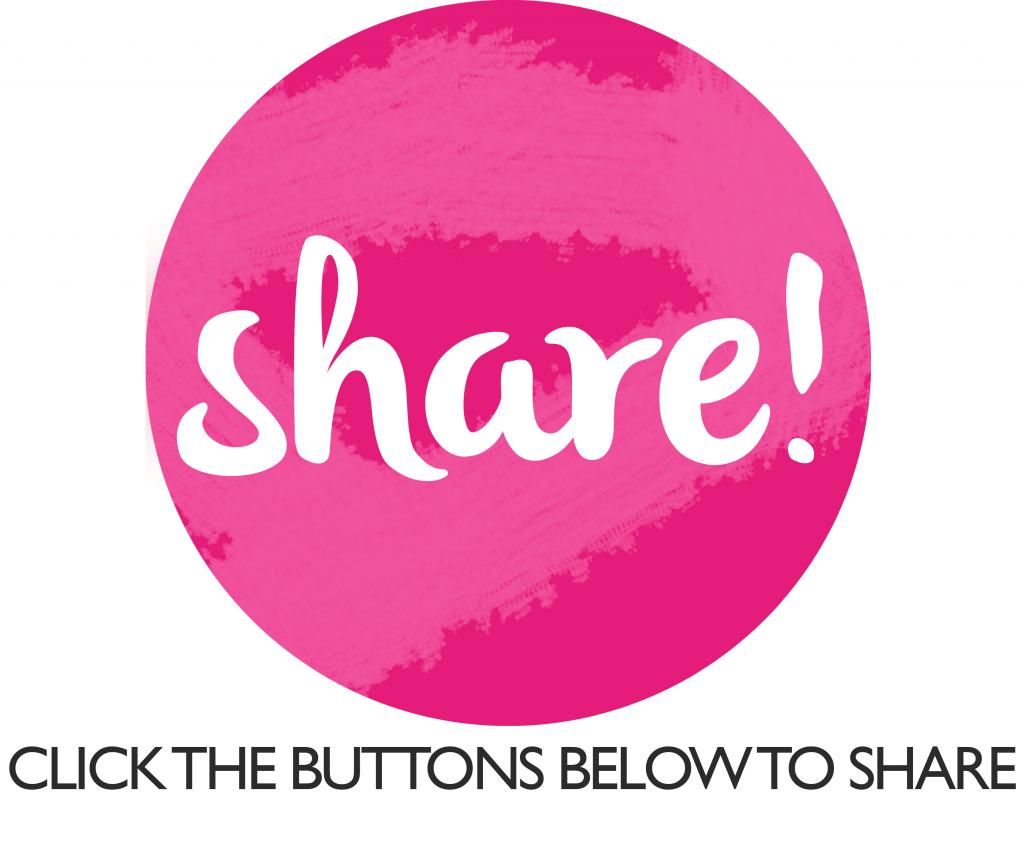Feeding Cues: How do I know if my baby is hungry?
Babies don't always eat the same amount so sometimes they will eat more than 2 ounces and sometimes they will eat less. Babies know when they are hungry or full. Feed your baby every time she is hungry or thirsty.
Babies will not typically overeat during the first year of life unless pressured to do so. Remember to watch your baby's feeding cues. These cues can be difficult to see at first. When babies begin to feel hungry they may move, lick or smack their lips. They might open their mouth or suck on their lip. You may see the baby's eyes moving under their eyelids if they are sleeping. If these cues are not recognized and babies become hungrier they may begin moving their legs and arms quickly. They may start fussing or crying. Babies also have cues to tell you they are satisfied. Moving away from the nipple, smiling, or disinterest in eating may indicate they are finished.
Remember, babies need small frequent meals but no two babies are alike. Sometimes babies will eat more like right before a growth spurt and sometimes babies will eat less. Rest assured, babies know how much to eat and will let you know when they are hungry.
In the Table below are some guidelines. These are not hard and fast rules because every baby is different.
Babies don't always eat the same amount so sometimes they will eat more than 2 ounces and sometimes they will eat less. Babies know when they are hungry or full. Feed your baby every time she is hungry or thirsty.
Babies will not typically overeat during the first year of life unless pressured to do so. Remember to watch your baby's feeding cues. These cues can be difficult to see at first. When babies begin to feel hungry they may move, lick or smack their lips. They might open their mouth or suck on their lip. You may see the baby's eyes moving under their eyelids if they are sleeping. If these cues are not recognized and babies become hungrier they may begin moving their legs and arms quickly. They may start fussing or crying. Babies also have cues to tell you they are satisfied. Moving away from the nipple, smiling, or disinterest in eating may indicate they are finished.
Remember, babies need small frequent meals but no two babies are alike. Sometimes babies will eat more like right before a growth spurt and sometimes babies will eat less. Rest assured, babies know how much to eat and will let you know when they are hungry.
In the Table below are some guidelines. These are not hard and fast rules because every baby is different.
References
1.
Heird, WC. Nutritional Requirements During Infancy Modern Nutrition in
Health and Disease. Ninth Edition 1999. Willimas and Wilkins. pages
839-855.2. Morin, KH. Update on what and how much infants and toddlers eat. AM J Matern Child Nurs 2006;31(4):269.
©Dr. Jimi Francis 2011.











